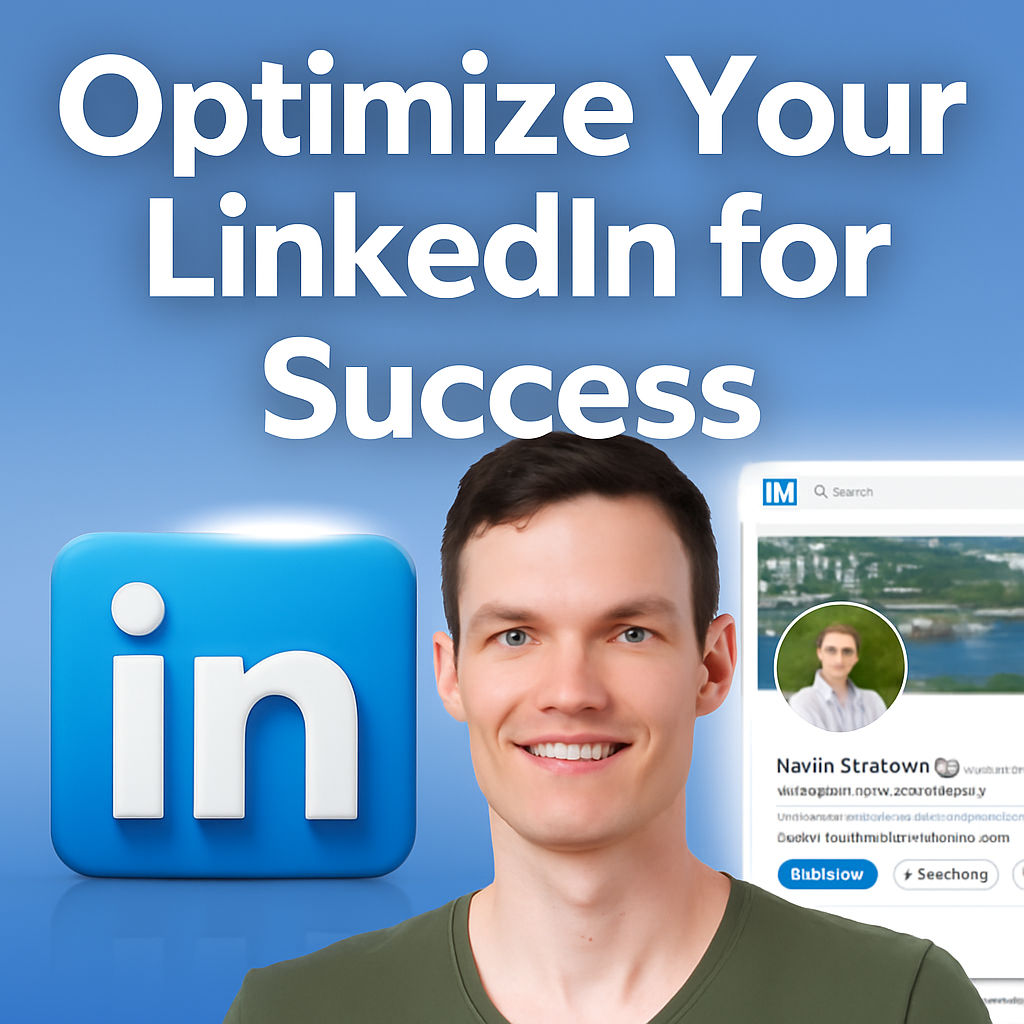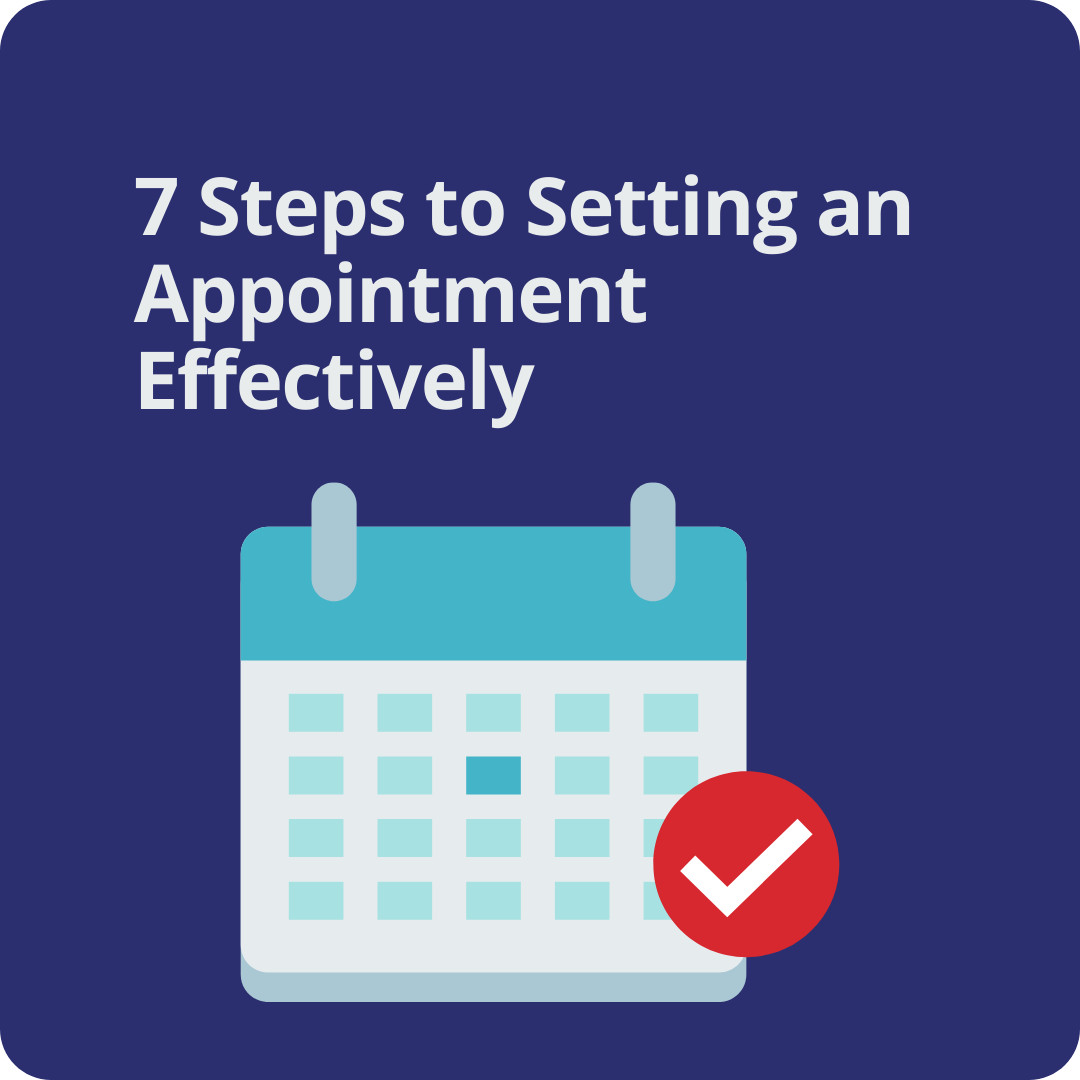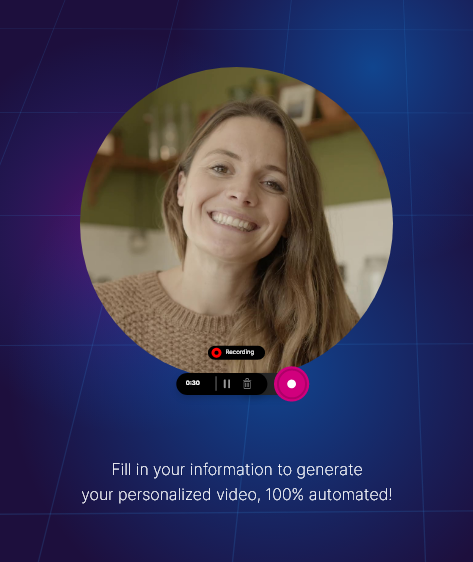Imagine landing your dream job on LinkedIn without ever sending a single application. It may sound too good to be true, but with a truly optimized LinkedIn profile, this is an achievable reality. A high-impact LinkedIn profile does more than just list your job roles—it serves as a dynamic personal brand, an online billboard that captures attention from recruiters, hiring managers, and potential clients around the clock. In this guide, we’ll explore the most effective, step-by-step strategies to optimize your LinkedIn profile so it stands out, supports your career goals, and maximizes your professional discovery.
Based on the original video:
Why LinkedIn Profile Optimization Matters
When someone searches your name online, chances are your LinkedIn profile is among the first results. LinkedIn’s search algorithm is continuously scanning millions of profiles, recommending users for jobs, projects, and networking opportunities based on relevance, keywords, and activity. If your profile isn’t well-optimized with the right information and story, you risk being invisible to recruiters and decision-makers.
- LinkedIn drives professional visibility, networking, and inbound opportunities
- Well-crafted profiles receive significantly more views and job offers
- Optimization can elevate your profile above thousands of similar candidates
Step 1: Start With a Strong, Approachable Profile Photo
Your LinkedIn profile photo is the very first impression you make. Think of it as the packaging on a product—if it looks unprofessional, blurry, or cropped from a group setting, people may move on without a second glance. But you don’t need to hire a photographer—modern smartphones and AI tools can create great results.
What Makes an Effective LinkedIn Photo?
- Professional but approachable: Clean clothing, no harsh shadows or distracting backgrounds
- Well-lit: Natural light works best—snap your photo near a window
- Centered: Make sure your face is clearly visible and easily recognizable
- Smile: People are more likely to connect if you seem friendly and open
Avoid group shots, vacation selfies, or cropped party images. Instead, focus on a solo, professional look that represents your current career aspirations.
Leveraging AI for Enhanced Headshots
After taking a basic headshot, AI tools can give your photo a polished, professional touch. For example, uploading your photo to a tool like ChatGPT with a prompt such as “transform this photo into a professional LinkedIn headshot” can yield impressive results. For optimum accuracy:
- Upload multiple photos from different angles
- Review the output to ensure it genuinely resembles you
- Download and crop as needed within LinkedIn’s photo editor
This approach makes your profile image pop without the cost of a formal studio shoot.
Step 2: Create a Memorable LinkedIn Banner
The banner image is the large rectangle behind your profile photo. While many people leave this blank or use the default, it’s actually prime real estate to showcase personality, industry focus, or creative projects. Updating your banner is simple:
- Click the camera icon on the banner and select “Add Cover Image”
- Upload a relevant photo or choose from LinkedIn’s presets
- Choose imagery that highlights your brand or work—this could be a factory, a campaign, a photo from an industry event, or just a clean background in your favorite color
Personalizing your banner demonstrates effort and creativity—two qualities recruiters love to see. If you’re in marketing, showcase a campaign; in tech, highlight a speaking engagement. Make it uniquely yours.

Step 3: Write a Compelling, Keyword-Rich Headline
Your LinkedIn headline is one of the most powerful sections for grabbing attention and integrating key career-related search terms. LinkedIn offers 220 characters, but most people simply type their job title. That’s a missed opportunity. Here’s how to make your headline irresistible:
- Role: State what you do (e.g., Master Baker, Project Manager, UX Designer)
- How you help: Quantify your impact (e.g., “making 10,000 cookies a day” or “driving user growth for SaaS startups”)
- Who you help/Where: Reference your employer or industry
Example: Master Baker making 10,000 cookies a day, faster, fresher, better at The Kevin Cookie Company.
This formula elevates your headline from just a title to a dynamic value proposition. Sprinkle in target keywords, but keep it natural and inviting.
Step 4: Craft a Conversational About (Summary) Section
The summary (or About section) lets you control your narrative and highlight what sets you apart. Profiles with a strong summary get up to 3.9x more views, according to LinkedIn data. Avoid corporate buzzwords or generic descriptors; instead:
- Introduce yourself: Share your name and passion
- Explain what you do and why: Detail your professional journey and motivation
- Tell your story: Speak directly to your audience; imagine you’re having a coffee chat
- End with call-to-action: Invite connection, conversation, or learning more about your work
If you need help, AI writing tools can prompt you with ideas and structure for a summary that feels authentic.
Step 5: Detail Your Experience for Impact
Your experience section should be your highlight reel—showcasing major accomplishments, not just listing job duties. Each role should answer three key questions:
- What did you do? (Role and responsibilities)
- Who did you do it for? (Employer or client)
- What outcomes did you achieve? (Quantify results when possible)
Format your details with concise bullet points for swift skimming. For example:
- Lead baker at The Kevin Cookie Company—produce over 10,000 cookies daily, ensuring quality and freshness
- Built Cookie Club from scratch, growing to over 100,000 monthly subscribers with 98.5% retention
Focus on measurable results, leadership initiatives, and skills gained. Recruiters want to see evidence of impact, not just responsibilities.

Step 6: Select Your Skills and Gather Endorsements
The skills section is a simple but highly effective way to boost discovery on LinkedIn. Pin your top three skills—these should directly relate to your target roles. For example, if your focus is baking and food production, select “Recipe Development,” “Food Production,” and “Quality Control.”
- Add skills relevant to your expertise and goals
- Request endorsements from colleagues, clients, or supervisors (endorse their skills first for reciprocity)
- Social proof builds your credibility in a recruiter’s eyes
Endorsements help validate your skillset and signal talent to hiring professionals. Choose skills that match your headline and summary for consistency and search visibility.
Step 7: Build Social Proof With Recommendations
Recommendations offer powerful, testimonial-style evidence of what you’re like to work with. Having several recommendations from managers, clients, or peers acts as five-star reviews on your profile. Here’s how to add them:
- Add the “Recommendations” section to your profile
- Reach out to connections and request personalized recommendations
- Be proactive—write recommendations for others to prompt reciprocation
Make it easy by suggesting points or projects you worked on together, streamlining the process for your endorsers.
Step 8: Personalize Your LinkedIn Profile URL
LinkedIn default URLs can be lengthy and unmemorable. Personalize yours for a cleaner, more professional look:
- Click on the “Edit” icon next to your profile URL
- Choose a custom address—ideally your name or your brand
- Save and use this link in your email signatures, portfolios, and business cards
This small step increases the memorability and shareability of your online profile.
Step 9: Boost Engagement With Strategic Posting
Your profile alone forms the foundation, but consistent activity keeps you top of mind and demonstrates thought leadership. Posting updates—such as recent projects, customer wins, industry insights, or glimpses into your day-to-day—helps broaden your reach and nurture connections.
- Share wins or milestones (e.g., corporate events you supplied, new products launched)
- Provide commentary on industry trends or share learnings
- Offer value: tips, tricks, or actionable resources
Posting regularly encourages interaction and signals to the LinkedIn algorithm that you’re an active, engaged professional—which leads to higher visibility.

Step 10: Signal Career Interest With ‘Open To’ Settings
If you’re seeking new opportunities, use LinkedIn’s “Open To” feature. This lets you define your target roles, desired industries, and employment types. You can select whether this information is visible to all LinkedIn members or just recruiters—helpful if you want to explore options discreetly.
- Update your status to actively (or passively) searching
- Add preferred job titles and locations
- Attract relevant recruiters and companies to your inbox
This final touch makes your intentions clear—helping you get discovered for the roles you actually want.
Key Takeaways for a High-Impact LinkedIn Profile
- Use a clear, professional photo and branded banner
- Craft a headline and summary that combine storytelling, keywords, and tangible results
- Present your experience and skills with clarity and quantifiable outcomes
- Leverage endorsements and recommendations as social proof
- Personalize your URL and post relevant content consistently
- Utilize LinkedIn’s built-in tools (like Open To Work) for maximum reach
Consistently optimizing your LinkedIn presence establishes trust, attracts employers, and fuels your career progression. For those looking to take their social selling or digital networking a step further, explore proven strategies for building trust and generating leads with LinkedIn newsletters in this in-depth guide.
FAQ: Optimizing Your LinkedIn Profile
What are the most important sections to optimize on my LinkedIn profile?
The most impactful sections are your profile photo, headline, summary (about), experience (with quantifiable achievements), skills, and recommendations. Prioritizing these ensures you make a strong first impression and are easily found in recruiter searches.
How often should I update my LinkedIn profile?
Ideally, you should update your profile whenever you gain a new role, complete a significant project, or acquire new skills. Regular updates, even quarterly, keep your information fresh and signal activity to both your network and LinkedIn’s algorithm.
Can I use AI tools to enhance my LinkedIn content?
Yes, AI tools can help refine your profile photo or generate strong, personalized summaries and experience descriptions. These tools can provide structure and inspiration, but ensure your final content still conveys your authentic voice.
How do I get more endorsements and recommendations?
Reach out directly to colleagues, clients, or managers and ask if they’d endorse your skills or write a recommendation. Offer to do the same for them first; most people are happy to reciprocate.
Is it necessary to post content to grow my LinkedIn presence?
Posting consistently isn’t mandatory, but it’s highly effective for building network engagement and staying top of mind within your industry. Aim for 1–2 posts per week sharing relevant insights, wins, or resources.









